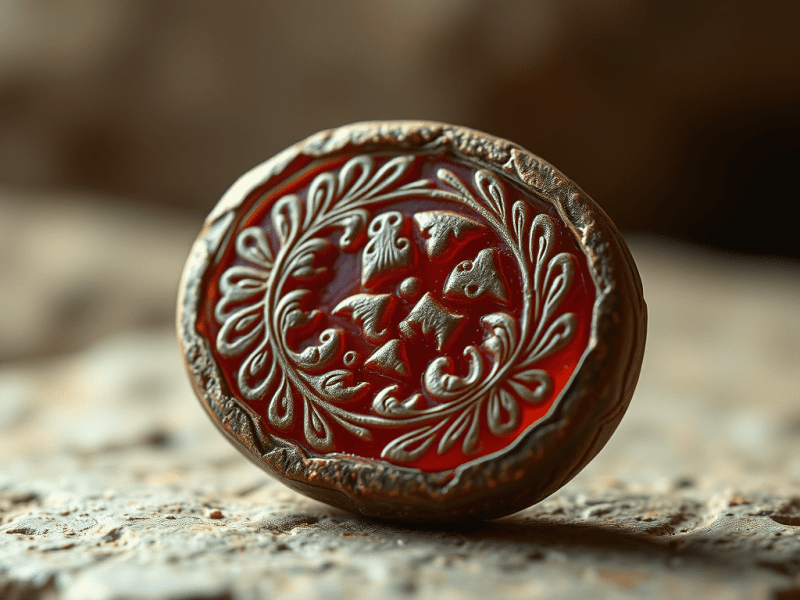
Costume jewellery is usually believed to refer to attractive but inexpensive adornments made of non-precious materials. The earliest ‘costume jewellery’ emulated exquisite jewellery styles and emerged in mid-1700s France with the emergence of the bourgeoisie. Costume jewellery has evolved significantly since then. Costume jewellery has evolved into an art form in its own right, from Victorian sentimentalism to mass-produced ornaments available today.
A thorough examination of its past is long required. Adorning Fashion delves into the evolution of costume jewellery over the past four centuries, complete with professional information, identification techniques, and historical anecdotes. Each era’s styles are given specific attention: Victorian, Edwardian, Arts & Crafts, Jugendstil, Art Nouveau, and each decade of the twentieth century. Production procedures are also thoroughly discussed. Silver and gold can be imitated using alloys and gilded electroplating. At the same time, the refraction index of treated glass can be mistaken for a diamond to the untrained sight.
Adorning Fashion features Kokichi Mikimoto, Arthur L. Liberty, Carlo Giuliano, René Lalique, Elizabeth Bonté, the Castellani brothers, Jean Fouquet, Jean Després, Fulco di Verdura, Jean Schlumberger, Salvador Dal, Miriam Haskell, Lina Baretti, Countess Cissy Zoltowska, Line Vautrin, Kenneth Jay Lane, Francisco Rebajes, Diane Love, Christian.
More on Jewellery Design
More design articles
Discover more from Encyclopedia of Design
Subscribe to get the latest posts sent to your email.






